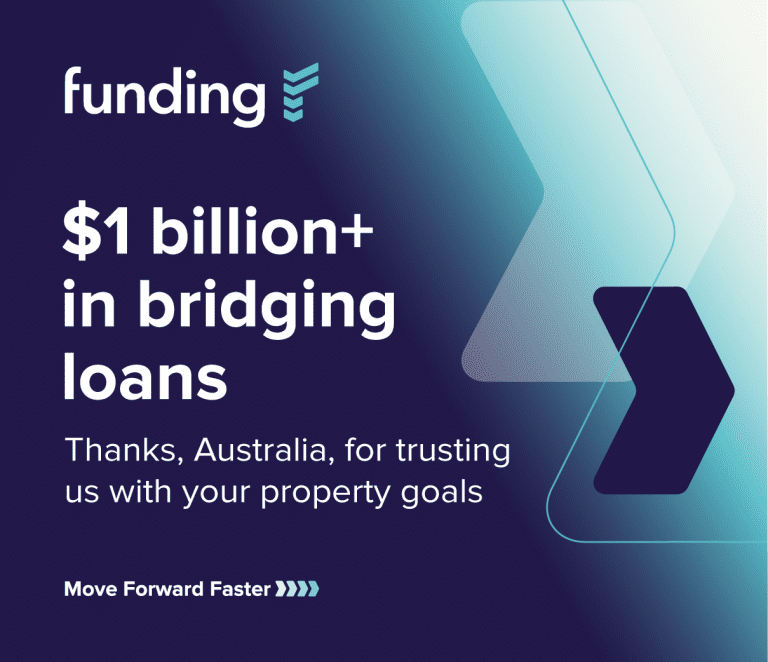Staged financing for construction projects
Staged financing, also known as progress payments or construction drawdowns, is a financing method tailored to the unique needs of construction projects. This approach involves disbursing funds in stages, aligning with the project’s key milestones. Funding offers loans with staged financing options, designed to provide the financial flexibility necessary for successful project management.
How staged financing works
Staged financing is structured to release funds incrementally, corresponding to the completion of specific phases of the construction project. This method ensures that you have access to capital precisely when you need it, reducing financial strain and promoting efficient cash flow management.
Key features of staged financing
-
- Milestone-based disbursements: Funds are released at predefined project milestones, such as completion of the foundation, framing, and final inspection.
-
- Interest-only payments during construction: Minimises out-of-pocket expenses by requiring interest payments only on the funds disbursed, not the entire loan amount.
- Conversion to permanent financing: Upon project completion, the loan can often be converted into a traditional mortgage or business loan, simplifying long-term financing.
Benefits of staged financing for start-up construction companies
Improved cash flow management
Staged financing aligns with the natural progression of construction projects, ensuring that funds are available when needed. This alignment helps manage cash flow more effectively, reducing the risk of financial strain and enabling start-up construction companies to maintain operational efficiency.
Reduced financial risk
By releasing funds in stages, lenders can closely monitor the progress of the project, mitigating the risk of overspending or mismanagement. This oversight provides an additional layer of security for both the borrower and the lender, ensuring that the project remains on track and within budget.
Enhanced project control
Staged financing promotes disciplined project management by tying fund disbursements to specific milestones. This structure encourages adherence to project timelines and quality standards, ensuring that each phase is completed before additional funds are released.
Benefits of staged financing for owner-builders
Cost efficiency
Owner-builders often face budget constraints and need to maximise their financial resources. Staged financing allows for better cost control by providing funds as needed, reducing the likelihood of overspending and ensuring that each phase of the project is adequately funded.
Flexibility in project management
Staged financing offers owner-builders the flexibility to adjust project plans and budgets as needed. By aligning funding with project milestones, owner-builders can adapt to changing circumstances and make informed decisions without jeopardising the overall project.
Reduced financial burden
With interest-only payments during construction, owner-builders can minimise their financial burden while the project is ongoing. This feature allows them to focus on completing the construction without the added pressure of substantial loan repayments.
Case study: Successful project management with staged financing
Consider a start-up construction company embarking on a residential development project. The company opted for a building loan with staged financing from Funding. As the project progressed, funds were released at key milestones, ensuring that each phase was adequately funded. This approach allowed the company to manage cash flow efficiently, address unexpected costs, and maintain project timelines. Upon completion, the loan was converted into a traditional mortgage, simplifying long-term financing and enhancing the company’s financial stability.
Navigating the application process
Applying for a staged financing loan involves several steps, but with the right preparation, it can be a straightforward process. Here’s a brief overview:
-
- Prepare detailed plans: Lenders will require comprehensive construction plans, including timelines and cost estimates.
-
- Financial documentation: Be ready to provide financial statements, proof of income, and credit history.
-
- Appraisal: The property will be appraised to determine its current value and potential value upon completion.
-
- Approval and drawdown schedule: Once approved, a drawdown schedule will be established, outlining when funds will be released at various stages of the project.
Conclusion: Leverage the benefits of staged financing with Funding
Staged financing offers significant advantages for start-up construction companies and owner-builders, providing the financial flexibility and control needed to successfully manage construction projects. At Funding, we offer tailored building loans and business loans with financing options designed to meet your unique needs. Our streamlined processes and tech-forward approach ensure you get the funds you need, when you need them, helping you achieve your construction goals efficiently and effectively.
With Funding, you can access fast, flexible funding solutions that simplify property finance, ensuring your construction projects are a success.
Learn more
Maximise your investment with a building loan


